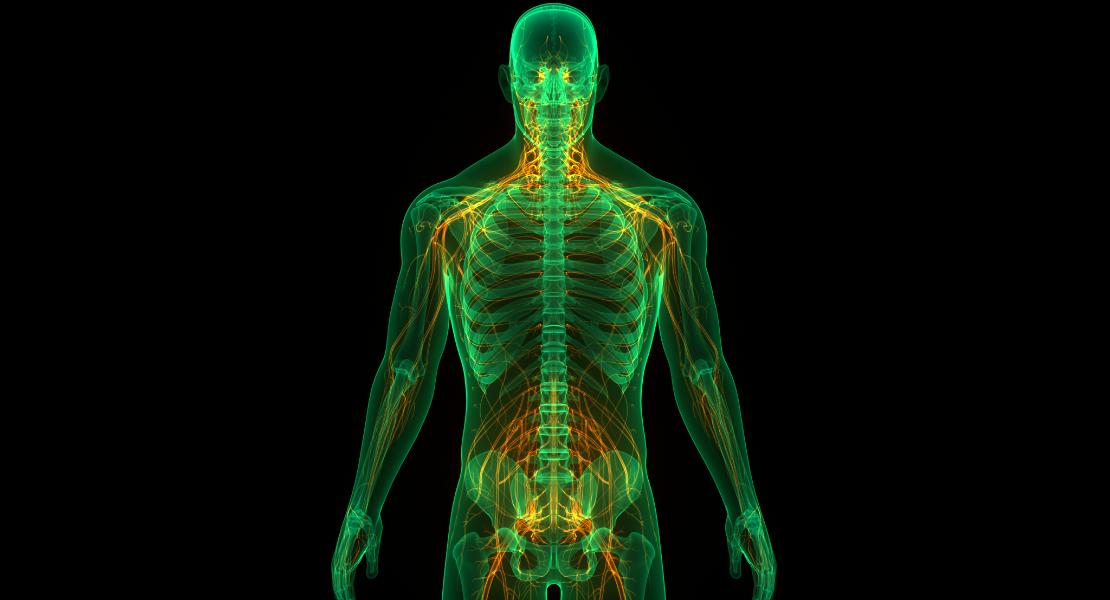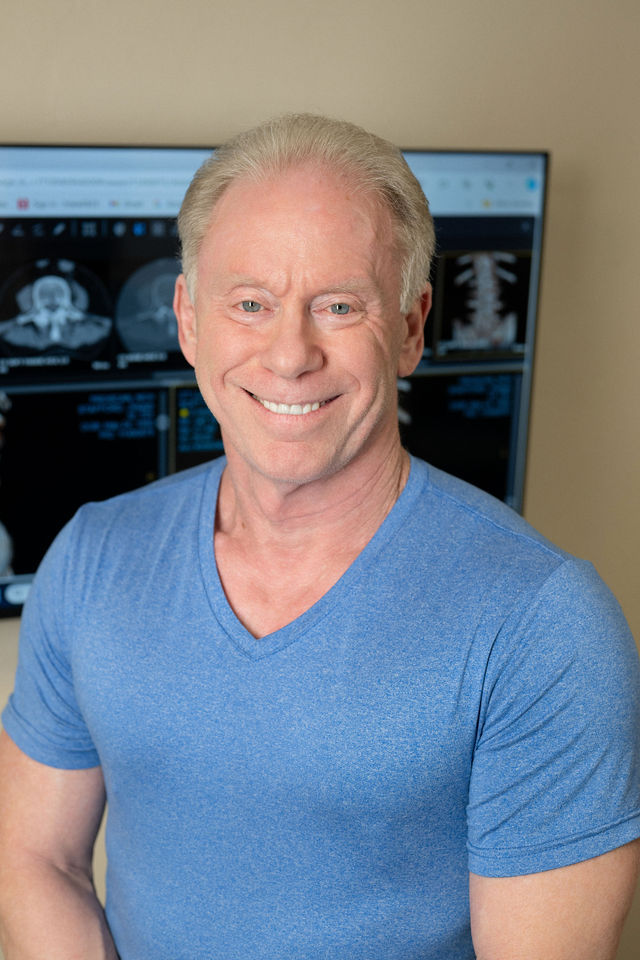Musculoskeletal pain can affect bones, joints, ligaments, tendons or muscles. Injury may cause sudden, severe pain. Chronic conditions like arthritis may also cause pain. If musculoskeletal pain interferes with your daily activities, the right treatment can help relieve the pain. The key factor in a patient’s care is the differential diagnosis which is a list of conditions that share the same symptoms to help make a final diagnosis. Professional acuity, knowledge and thoroughness is critical.

Acute Pain
Has a sudden onset and can be short-lived or long lasting. Spasms, swelling, and stiffness are some of the hallmarks.
Chronic Pain
Is longer in duration and can be intermittent or constant. Aching and throbbing pain patterns may arise.
Neuropathic Pain
Can be due to nerve damage, and is often described as shooting, stabbing, tingling or burning pain. Numbness may also occur.
Acute Injuries
Often (but not always) present as severe, perhaps even excruciating pain. Swelling and loss of mobility can occur.
“Sub-Acute” Injuries
Refers to the timeline involved, not the severity. A condition enters the sub-acute phase after the initial acute injury or pain, usually three days. A sub-acute condition can be just as painful.
Acute conditions can become chronic conditions when the pain or dysfunction lasts more than 12 weeks. The most common reason why an acute condition may become chronic is failing to receive the proper treatment during the acute phase. That is why it is critical to receive the right care at the right time; before the condition leads to more pain, and longer recovery times.
Living with a chronic musculoskeletal condition often means living with chronic pain for months or years, which can severely affect quality of life, productivity, and mental health.
The Chiropractic Physician specializes in treating these types of pain patterns and conditions of the spine and musculoskeletal system. We assess and treat the joints, muscles, bones, and nerves that allow us to function, move, bend, and accomplish daily tasks. When warning signs are ignored, the body is able to compensate for a time. Far too often, however, if acute problems are disregarded, it can lead to degeneration, arthritis, pinched nerves, headaches and sciatica.
Dr. Shaffer is highly trained and experienced in recognizing the structural and functional changes of the spine, and to treat these conditions through non-invasive manual treatments known as spinal manipulation as well as specified treatment regimens for each patient’s optimal care.

